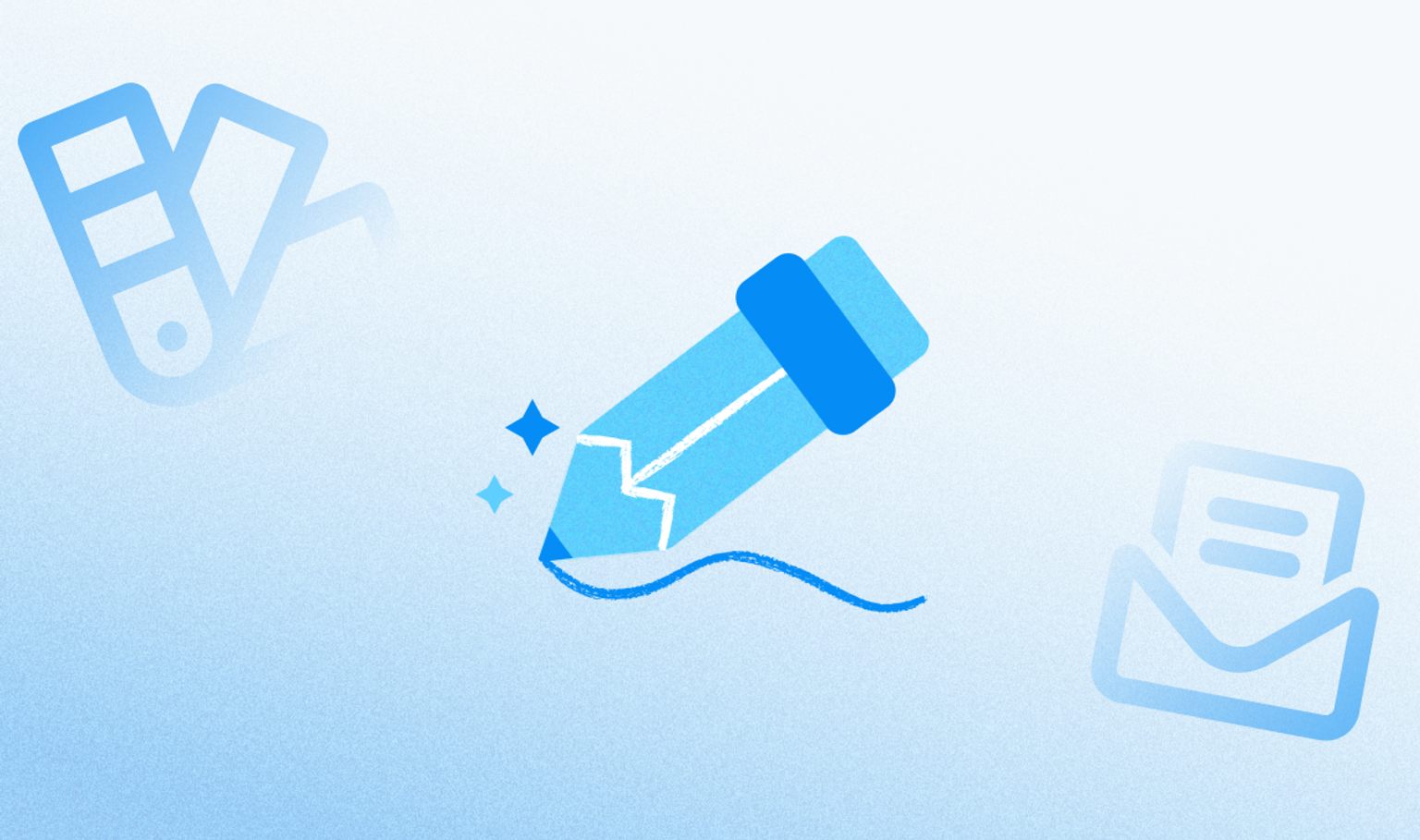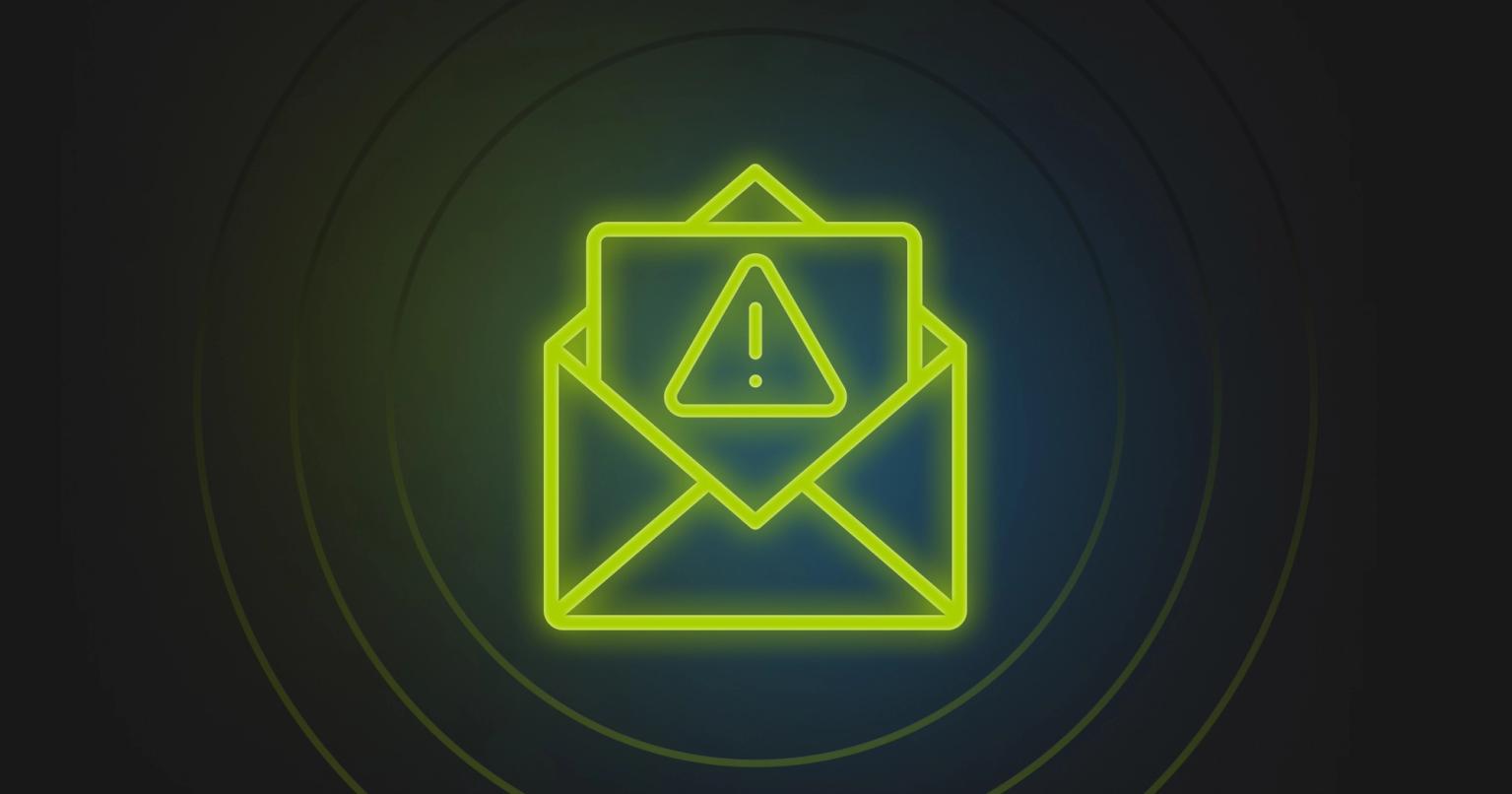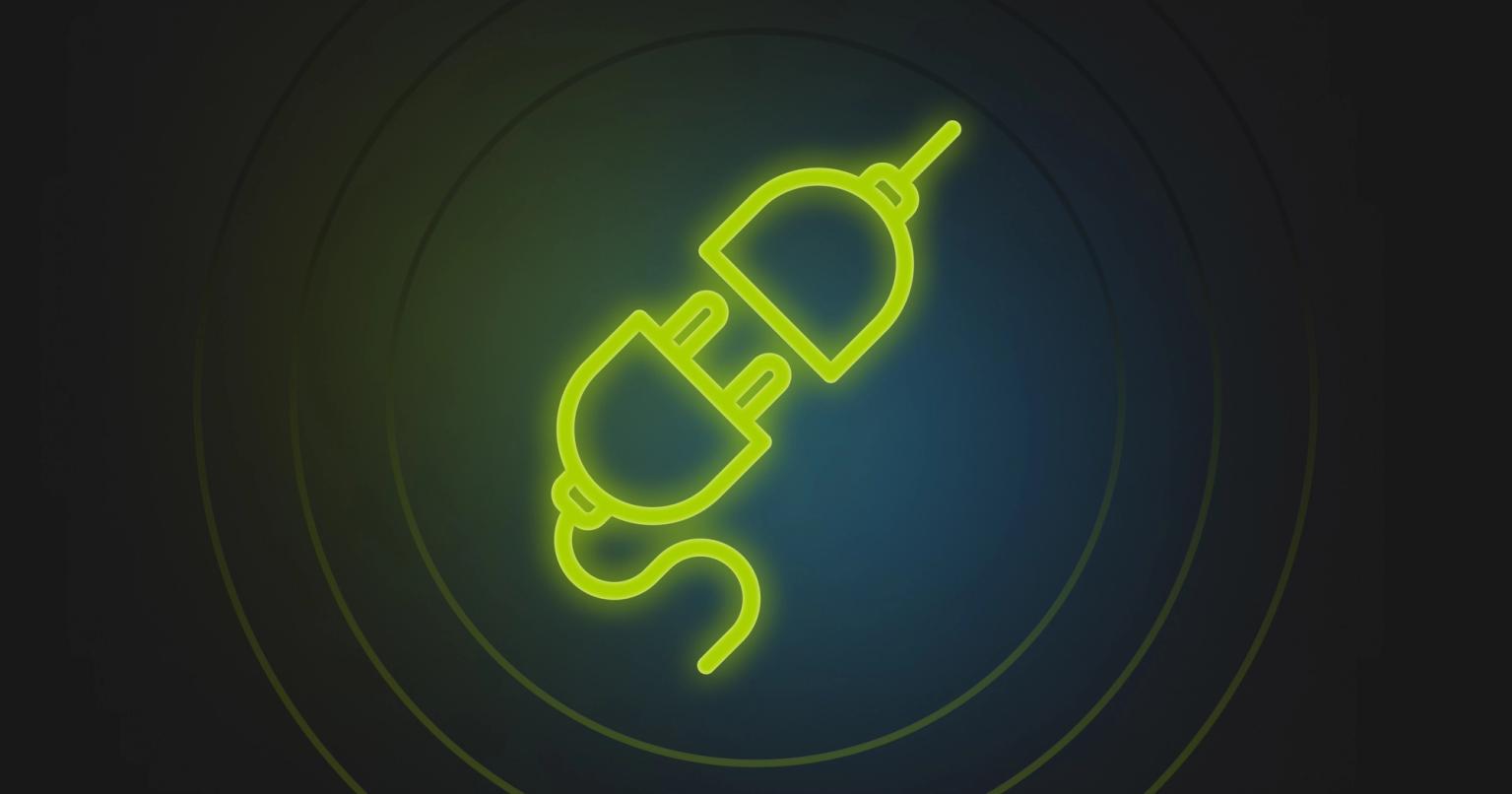6 tips for writing impactful email copy that converts

Ali Cameron
Head of Content Marketing, Knak
Published May 25, 2022

Summary
From subject lines to CTAs, discover proven tips for engaging content. Boost click-through rates and keep subscribers hooked. Learn more on the Knak blog.
From the subject line to your CTA, when you’re trying to write great email copy to captivate readers (and convert them), every word counts. Copy is a key that unlocks the attention of your subscriber list, compels them to carry on reading, and helps keep them from clicking ‘unsubscribe’.
Let’s face it, no matter how carefully you design or structure your email, when it’s competing with an avalanche of other inbox content, choosing the wrong words can have a massive impact. This is especially true when you consider that the average time that people spend reading brand emails is 10 seconds. No pressure!
Thankfully, whether you’re a seasoned pro, or drafting your first campaign email, there are tried and tested tips you follow to maximize your chances of subscribers taking action. Take a look.
What is email marketing?
Email marketing is a form of direct marketing, which uses email as a channel for promoting products and services, as well as building customer relationships, and encouraging brand loyalty. With 46% of global consumers preferring that businesses contact them via email, it remains a powerful marketing channel, helping your company maintain and increase brand awareness, customer engagement, and lead generation.
It’s easy to spot when you’re getting email marketing right because you’ll see an obvious increase in click-through rates and subsequent engagement on your site. By the same measure, not getting the clicks you’d expect gives you a strong indication that you need to make an adjustment — whether that’s delivering content differently or refining your messaging.
General tips: what makes a great email?
As our blog post on mobile-first email design explains, the first answer to this question is simple: it looks good on any device. More than ever before, people are choosing to open and read their emails on the go via webmail or mobile apps. To put this in perspective, in 2021, mobile had a 36.6% share of email opens. So with email formatting no longer neatly polarised into ‘desktop’ and ‘mobile’, the sheer variety of screen sizes requires responsive and dynamic design to avoid negative user experiences. When it comes to copy, that means keeping things short and easily digestible.
Secondly, how you communicate with your target audience is key, not only in getting the right message across, but by delivering it in an authentic and believable way that’s true to your brand. These days, we all expect a certain level of personalization, but when your content becomes overly personalised, it can feel invasive and disingenuous. Ever met someone for the first time who overly used your first name like they knew you well? How did that feel? (Answer: a bit creepy). When you write, make sure you remain true to your brand’s voice whilst using language that’s familiar to your audience.
Thirdly, keep it simple. Your email should be a quick-read with a simple and clear message. Try not to muddy the water by being overly creative (or obscure) — in case you lose your reader. Keep it interesting, convincing, and engaging — and always simple to understand. The slightest hint of confusion and you can end up with readers taking away the wrong message or no message at all. To help avoid that scenario, try building a sense of urgency. This not only helps to encourage readers to take action, it can also help you to focus on the key message.
6 areas to focus your copy efforts on
1. Subject line
It might come first, but you’ll probably want to write it last. The reason? For your email to be successful, you’ll need to perfectly align the subject line, body text, and CTA. With the hard work you put in the email body, the subject line needs to inspire your recipients to take action, open it, and read on.
Think of the subject line as the headline to an article, and not a platform for overpromising (or even under promising) on the enclosed content (no clickbait, please). To accommodate mobile readers, stick to a short subject line with a clear action, and try to be as informative and specific as possible so that readers know what to expect when they open it.
You can use the subject line to create a sense of urgency by using time limited language and choosing verbs that encourage action (think “Don’t miss our two-day sale”). The subject line should be tailored to a specific audience segment. In turn, this will impact your decision-making around whether to include emojis or humour, incite curiosity, ask a question, or directly address a specific problem.
2. Preview text
Particularly on mobile devices, it’s important that your preview text reinforces the subject line and helps to pique the reader’s interest to go further — instead of causing them to swipe to delete. The preview text is your chance to convince readers that your email is worth opening and give people a sense of what they’ll get once inside.
Put simply, it’s important that when you make a promise in your subject line, you follow through with that promise in the preview text. Keep it short, and leave readers in no doubt as to what they’ll get if they decide to open your email.
3. Header
When collaborating with your design team on an impactful email header, ask yourselves one key question: what if readers don’t scroll past the header?
Together with the subject line and preview text, this might be all your reader sees of your email — so you need to make it count. The design elements and the copy need to harmonise here to ensure clarity. Your copy has to hold the weight of the design elements, and readers need to know what value they’re getting from your email — without actually needing to read the whole thing.
4. The body
When it comes to the body of your email, the good news is that less is more. You don’t need to stuff your entire campaign into a single email because in reality, most of your audience are probably going to skim read the content in their search for the most important and relevant details. For that reason, keep it short and concise.
Think of your email as an appealing signpost to your wider campaign, and let your landing page handle the details. Think of it in terms of hierarchy: what is the most important information to communicate in order to get subscribers to click through to the landing page? If you have a big news announcement, what matters most and what details can you save for the landing page?
Set up the design of your email so that readers can easily click through to the landing page, which is where you can provide them with the information they need. After all, if they’re going that deep into your campaign, the landing page is the place they’d expect to find that information. The landing page is also your opportunity to really drill down to a specific CTA.
5. CTA
Whilst it might be tempting to provide your readers with a myriad of CTAs in one email, in the hope that one will spark their interest, too many actions can be overwhelming. And if one path leads to many others, it can dilute your campaign messaging.
So, be clear about what you want your reader to accomplish. That’s not to say you can’t get creative — there are plenty of interesting ways to create engagement other than ‘Download report’ or ‘Learn more’ — but whatever you choose, keep it simple.
Note: The one exception to this rule would be newsletter email content where you’re sharing a roundup of events or pieces of content for people to explore.
6. Proof it
With all the elements of your email refined and ready-to-go, it’s probably time to get a second pair of eyes to check through your copy. Whilst your target audience may not consist of linguists or grammar experts, any inconsistencies or errors reflect negatively on your brand.
Getting someone else to edit your email can also help you with unearthing any confusing ambiguities that may detract from your intended messaging. It’s much better to get these details right before the same error ends up in every inbox in your mailing list — so you can click ‘send’ with confidence.
If you’re looking for more email marketing tips and tricks, the Knak blog has a treasure trove of ideas for making and sharing great content through email.











